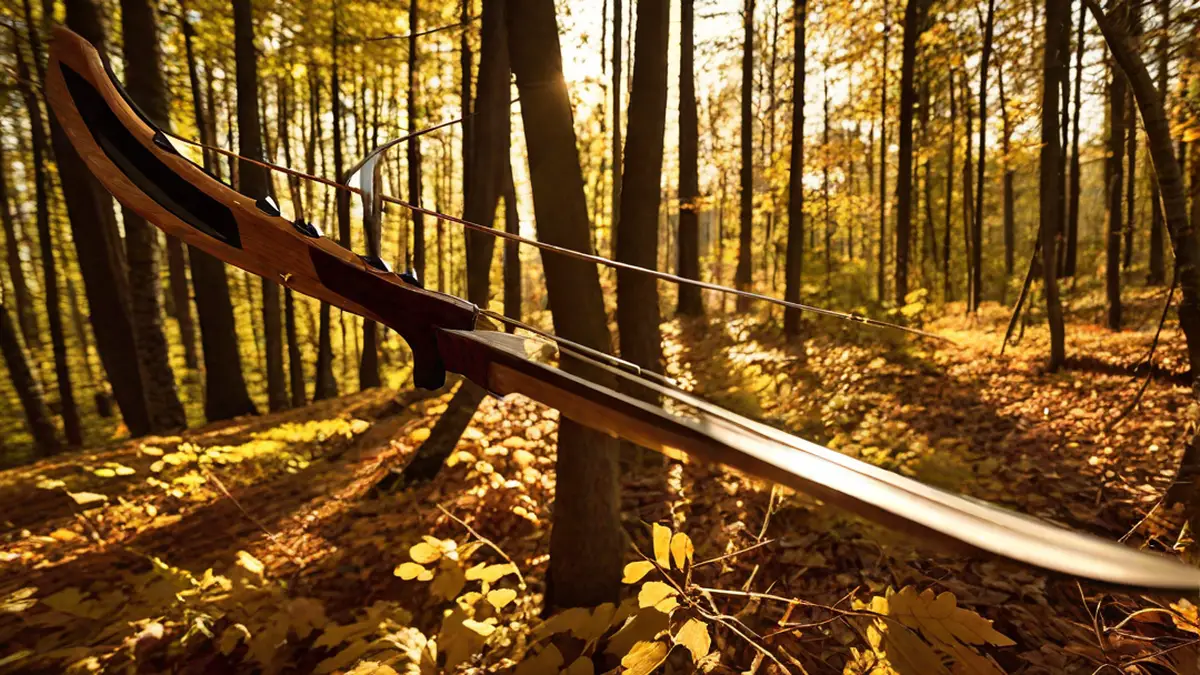When it comes to hunting with a recurve bow, choosing the right one can make all the difference. As an avid hunter myself, I have spent countless hours in the field, testing different recurve bows and finding the one that suits my needs the best. In this article, I will share my knowledge and personal experiences to help you find the best recurve bow for hunting.
The Benefits of Using a Recurve Bow for Hunting
Before we dive into finding the best recurve bow, let’s talk about why you should consider using one for hunting. Recurve bows have been used for centuries, and for good reason. They offer a classic design that is simple, reliable, and lightweight.
One of the biggest advantages of using a recurve bow is its portability. Unlike compound bows that have complex mechanisms, a recurve bow is compact and easy to carry in the field. This makes it perfect for hunters who are always on the move.
Recurve bows also provide a more traditional hunting experience. With their smooth draw and natural feel, shooting a recurve bow requires skill and precision. It brings you closer to the essence of archery, connecting you with the ancient roots of hunting.
Factors to Consider When Choosing a Recurve Bow
Now that we understand the benefits of using a recurve bow for hunting, let’s explore the factors to consider when choosing one:
Draw Weight
The draw weight of a recurve bow plays a crucial role in hunting. It determines the speed and power of your arrows. For hunting larger game, a higher draw weight is necessary to ensure a clean and ethical kill. However, it is important to find a draw weight that you can comfortably handle to maintain accuracy and avoid fatigue during long hunting trips.
Length and Weight
The length and weight of a recurve bow also play a significant role in its performance. A longer bow generally offers a smoother draw and greater accuracy, while a shorter bow is more maneuverable in tight spaces. Additionally, the weight of the bow can affect how easily you can hold it steady when aiming. Consider your physical abilities and hunting environment when selecting the length and weight of your bow.
Materials and Construction
Recurve bows can be made from various materials, including wood, fiberglass, and carbon fiber. Each material has its own advantages and disadvantages. Wood offers a classic and natural feel, but it may require more maintenance. Fiberglass and carbon fiber, on the other hand, are durable and lightweight but can be more expensive. Consider the trade-offs between traditional aesthetics and modern technology when choosing the material of your recurve bow.
Accessories and Attachments
While recurve bows are relatively simple in design, there are still accessories and attachments that can enhance your hunting experience. Some common additions include sights, stabilizers, and quivers. These can improve your accuracy, stability, and convenience in the field. However, keep in mind that adding too many accessories may add weight and complexity to your setup.
My Personal Recommendation
After extensive research and personal testing, I highly recommend the Ultimate Hunter Recurve Bow for hunting. This bow combines the best of both worlds – a traditional recurve design with modern materials and technology.
The Ultimate Hunter Recurve Bow has a durable carbon fiber construction, making it lightweight and resistant to the elements. Its draw weight ranges from 40 to 60 pounds, allowing you to hunt a variety of game with ease. The bow’s length and weight strike the perfect balance between accuracy and maneuverability, making it suitable for all types of hunting environments.
In terms of accessories, the Ultimate Hunter Recurve Bow comes equipped with a precision sight, a stabilizer for improved balance, and a detachable quiver for convenient arrow storage. These additions enhance the bow’s performance without compromising its simplicity.
Conclusion
Choosing the best recurve bow for hunting is a personal decision that depends on your specific needs and preferences. Consider factors such as draw weight, length and weight, materials and construction, as well as accessories and attachments. Remember to find a balance between tradition and modern technology.
Ultimately, the most important aspect of hunting with a recurve bow is practice. No matter which bow you choose, consistent practice and honing your archery skills will greatly increase your chances of success in the field. Happy hunting!
